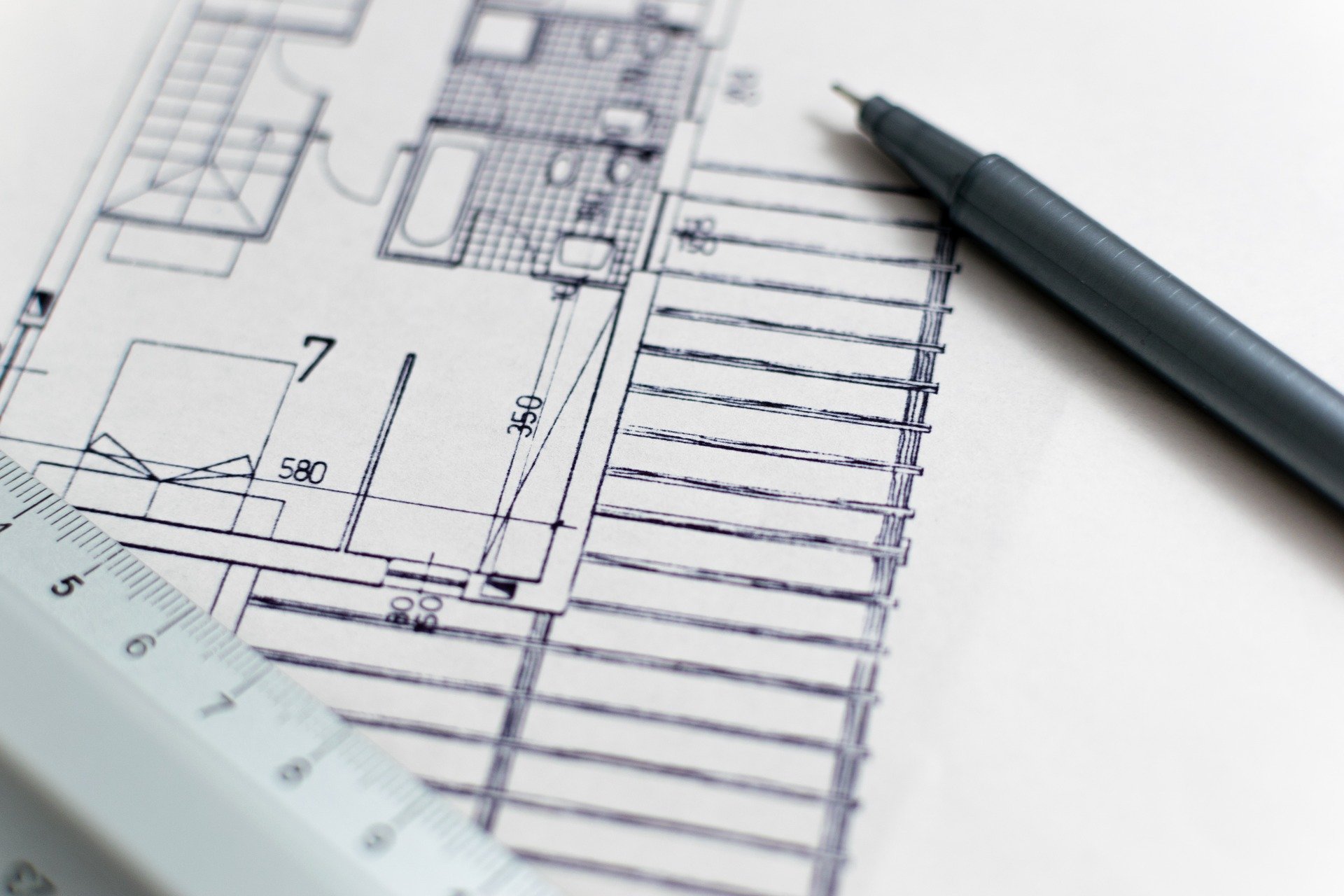
FAQ: ENGINEERING & PUBLIC WORKS
- How do I connect my property to the Sewer System?
-
- Please visit the Engineering Department counter in City Hall to determine if the public sewer is near your property.
- A sewer permit and construction permit is required to connect a private sewer lateral to the public sewer main.
- Sewer fees are set by the City Council annually, based on the EDU (Equivalent Dwelling Unit) and are itemized in Solana Beach Municipal Code (SBMC). An EDU determination and current sewer charges can be found in SBMC Section 14.08.060.
- For more information please contact the Engineering Department at (858)720-2470.
- What do I do if I have a failing septic system?
-
If you have a failing system you will either need to repair/replace your septic system or obtain a letter from the County Health Department or a private septic system company documenting your failing septic system and begin proceedings for connection to the public sewer system.
- Where is my property line? I thought the edge of the pavement was my property.
-
The edge of the pavement is not necessarily your property line. You can determine the actual boundaries of your properties by consulting records of survey or the legal description on your grant deed. From these documents a licensed surveyor can show you the actual boundaries of your property.
- How do property lines affect my setbacks?
-
To determine the required setbacks for your property, contact Community Development.
- Can I put a dumpster out in the street?
-
Before you can place a dumpster in the street or public right-of-way, you must obtain a temporary encroachment permit from the Engineering Department. Not all requests are approved. Consideration of public safety takes precedence.
- Where can I put up a fence and how tall can it be?
-
The fence must be installed entirely on your property. Consult with the Community Development Department for height restrictions. Fences cannot impede vehicular sight distance at intersections.
- Do I need a permit to do work in the public right-of-way, even if it is in on a unimproved shoulder?
-
Yes. To do work in the public right-of-way you will need to obtain an encroachment permit. Please contact Engineering.
- Can I put my basketball stand in the street or on the sidewalk?
-
Sorry! The City does not have any legal authority to allow a basketball stand in the street or sidewalk.
- Who can do work in the public right-of-way?
-
For standard construction, only a properly licensed and insured contractor may do work in the public right-of-way.
- Do I need a permit to install a driveway?
-
For the portion within the public right-of-way an encroachment permit is required.
- What are the requirements to remove/plant a tree in the public right-of-way?
-
Trees in the public right-of-way are considered public property. If you wish to remove a public tree you must first obtain a City Manager approval. A temporary encroachment permit is also required. If you wish to plant a tree in the public right-of-way you must first obtain a temporary encroachment permit and comply with the City's planting standards for trees.
- My neighbor is draining water onto my property, what can be done?
-
Unless the drainage problem is the result of a grading violation, the issue is a civil matter between you and your neighbor. For more information click to view "When A Grading Permit is Not Required". If you believe that the drainage problem is the result of a grading violation, please contact the Engineering Services Department.
- How much dirt can I put/move on my property before I need a grading permit?
-
WHEN IS A GRADING PERMIT REQUIRED? WHEN IS IT NOT?
1. A grading permit is NOT required as per conditions noted in SBMC 15.40.040. The following is a list of the more common exceptions:
- An excavation below finished grade for basements and footings of a building, retaining wall or other structure authorized by a valid building permit. This shall not exempt any fill made with the material from such excavation and any excavation having an unsupported height greater than five feet after the completion of such structure;
- Excavations for wells or tunnels or utilities;
- Exploratory excavations under the direction of soil engineers or engineering geologists;
- A fill on any site or contiguous sites held under one ownership in which all of the following are found to exist:
- None of the fill exceeds three feet in vertical height,
- None of the fill is placed on an existing slope steeper than five units horizontal to one vertical,
- The fill does not change or adversely affect the existing drainage pattern,
- The toe of the fill is no closer than three feet to an exterior property line, and
- The fill does not exceed 100 cubic yards of material per each 8,000 square feet of area.
- A grading permit IS required for all grading on property which contains or is located immediately adjacent to a coastal or inland bluff.
2. Clearing and grubbing of vegetation done in preparation for land development shall not be undertaken until all discretionary approvals for the land development project have been issued and a grading permit for the project has been obtained.
- When do I need a grading permit?
-
WHEN IS A GRADING PERMIT REQUIRED? WHEN IS IT NOT?
1.A grading permit is NOT required as per conditions noted in SBMC 15.40.040. The following is a list of the more common exceptions:
- An excavation below finished grade for basements and footings of a building, retaining wall or other structure authorized by a valid building permit. This shall not exempt any fill made with the material from such excavation and any excavation having an unsupported height greater than five feet after the completion of such structure;
- Excavations for wells or tunnels or utilities;
- Exploratory excavations under the direction of soil engineers or engineering geologists;
- A fill on any site or contiguous sites held under one ownership in which all of the following are found to exist:
- None of the fill exceeds three feet in vertical height,
- None of the fill is placed on an existing slope steeper than five units horizontal to one vertical,
- The fill does not change or adversely affect the existing drainage pattern,
- The toe of the fill is no closer than three feet to an exterior property line, and
- The fill does not exceed 100 cubic yards of material per each 8,000 square feet of area.
2. A grading permit IS required for all grading on property which contains or is located immediately adjacent to a coastal or inland bluff.
3. Clearing and grubbing of vegetation done in preparation for land development shall not be undertaken until all discretionary approvals for the land development project have been issued and a grading permit for the project has been obtained.
- What are the allowable times of grading operation?
-
Municipal Code Section 7.34.100 prohibits disturbing, excessive or offensive noise before 7:00 a.m. or after 7:00 p.m., Monday through Friday, and before 8:00 a.m. or after 7:00 p.m. on Saturday, all day on Sunday and on certain holidays. Loading and transportation of earth from or to a site must be end by sunset.
- Do I need a permit for a retaining wall?
-
A permit is not required for walls that are 4 feet tall or shorter, measured from the bottom of the footing to the top of the wall. The wall must be entirely on the property (not public right-of-way), including the footing. Contact Community Development for zoning height limits. A retaining wall may require a grading permit if it exceeds the threshold limits that trigger a grading permit. A retaining wall that requires a grading permit will be part of grading permit. Click to view When do I need a grading permit? in PDF format.
- How can I hook up to the water system?
-
Contact the Santa Fe Irrigation District at (858)756-2424.
- How do I get Phone, Electricity, Gas and Cable TV?
-
Contact the individual utility companies or click here to visit our utilities page for more information.
- Are there any easements affecting my property?
-
The City has records for some public easements, but a preliminary title report prepared by a title insurance company is the preferred source. Title reports are included with the title policy acquired in purchasing a property.
